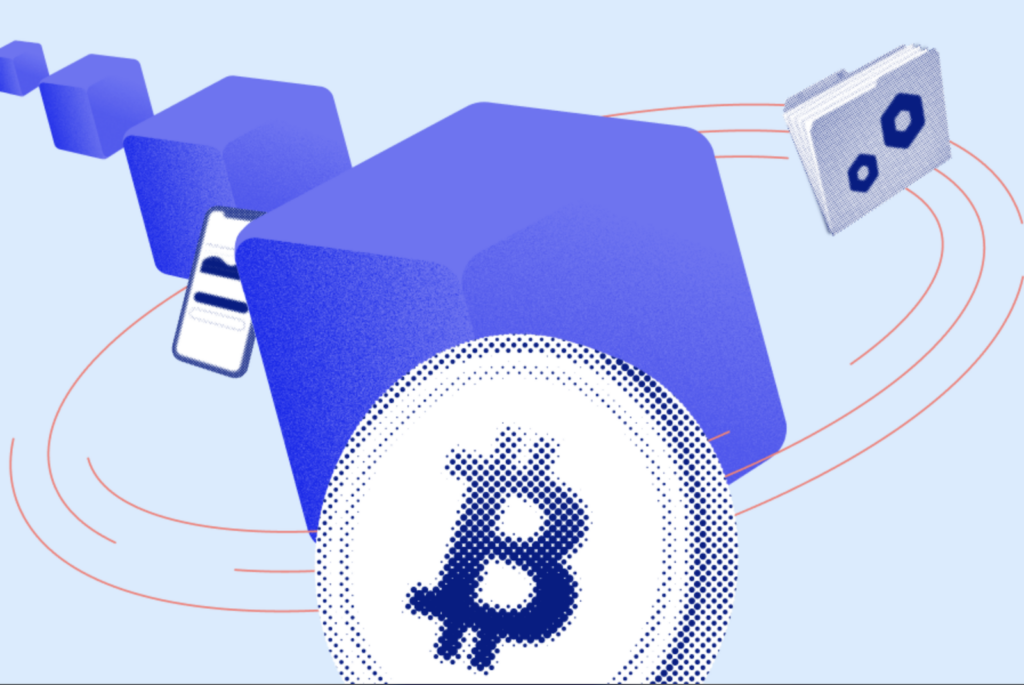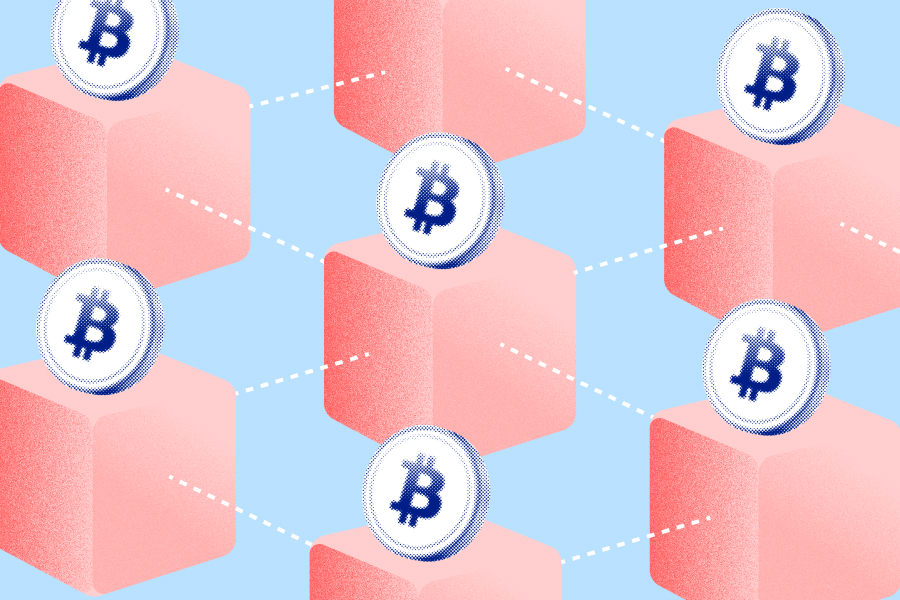Last week in review: SWIFT and EU set out new frameworks for digital currencies

The highlights from last week’s news, numbers and events from the crypto industry.
News from the block

SWIFT sets out blueprint for central bank digital currency network
Financial messaging system SWIFT has laid out its blueprint for a global central bank digital currency (CBDC) network.
The experiment, which involved both France and Germany’s central banks, looked at how CBDCs could be used internationally. According to the Atlantic Council’s CBDC tracker, 105 countries, representing over 95% of global GDP, are exploring a CBDC.
The EU’s landmark legal framework for Bitcoin and cryptocurrencies

The European Union (EU) has agreed on a legal framework for Bitcoin and cryptocurrencies known as Markets in Crypto Asset Regulation (MiCA), according to CoinDesk.
The EU’s crypto rules “will ensure a harmonised market, provide legal certainty for crypto-asset issuers, guarantee a level playing field for service providers and ensure high standards for consumer protection,” said Stefan Berger, the lead lawmaker negotiating the rules.
India plans to launch pilot project of digital rupee

The Reserve Bank of India (RBI) will soon launch a pilot of a central bank-backed digital rupee, according to a concept paper released last week.
The results of the pilot projects will be incorporated into the final design and will aim to complement, rather than replace current forms of money, providing an additional payment avenue to users.
Brazil sees record number of companies declaring cryptocurrency holdings

Brazil registered its highest number of companies declaring ownership of cryptocurrencies in August, according to numbers released by the Brazilian Tax Authority (RFB).
Each month the RFB informs the market about movements in the number of mandatory statements regarding the ownership of crypto, with more than 12,000 companies registering in August, versus 11,360 in July.
_____________________________________________________________________
Too long, Did read
Solana is part of the next generation of smart contract blockchains. But who was the mastermind behind the relatively young network?
_____________________________________________________________________
Crunching the numbers
240.208 TH/s – The estimated number of terahashes per second (TH/s) on the Bitcoin network, which reached an all-time high last week. Mining hash rate refers to the total computational power used to mine and handle transactions on the Bitcoin network. This new data suggests that Bitcoin miners are generally unaffected by the ongoing crypto winter
83% – Rate of inflation in Turkey, a new 24-year high
5,000 BTC – The current capacity of Bitcoin’s layer-2 solution, the Lightning Network, worth over $100 million, a 25% increase in just four months
_____________________________________________________________________
The crypto time capsule
_____________________________________________________________________
Crypto trivia
What’s the difference between Solana and Ethereum?
These new platforms are ultimately similar in what they offer, but as with companies in any industry that compete for their share of the same market, there are nuances that set them apart from one another.
_____________________________________________________________________
Worth a watch
What is the difference between proof-of-work and proof-of-stake? Jason Lowery, a security researcher from the Department of Defense, explains how these methods makes cryptocurrencies tick. Watch this fascinating interview here.
 Discover
Discover Help Centre
Help Centre Status
Status Company
Company Careers
Careers Press
Press

